Source: Quantum Bit
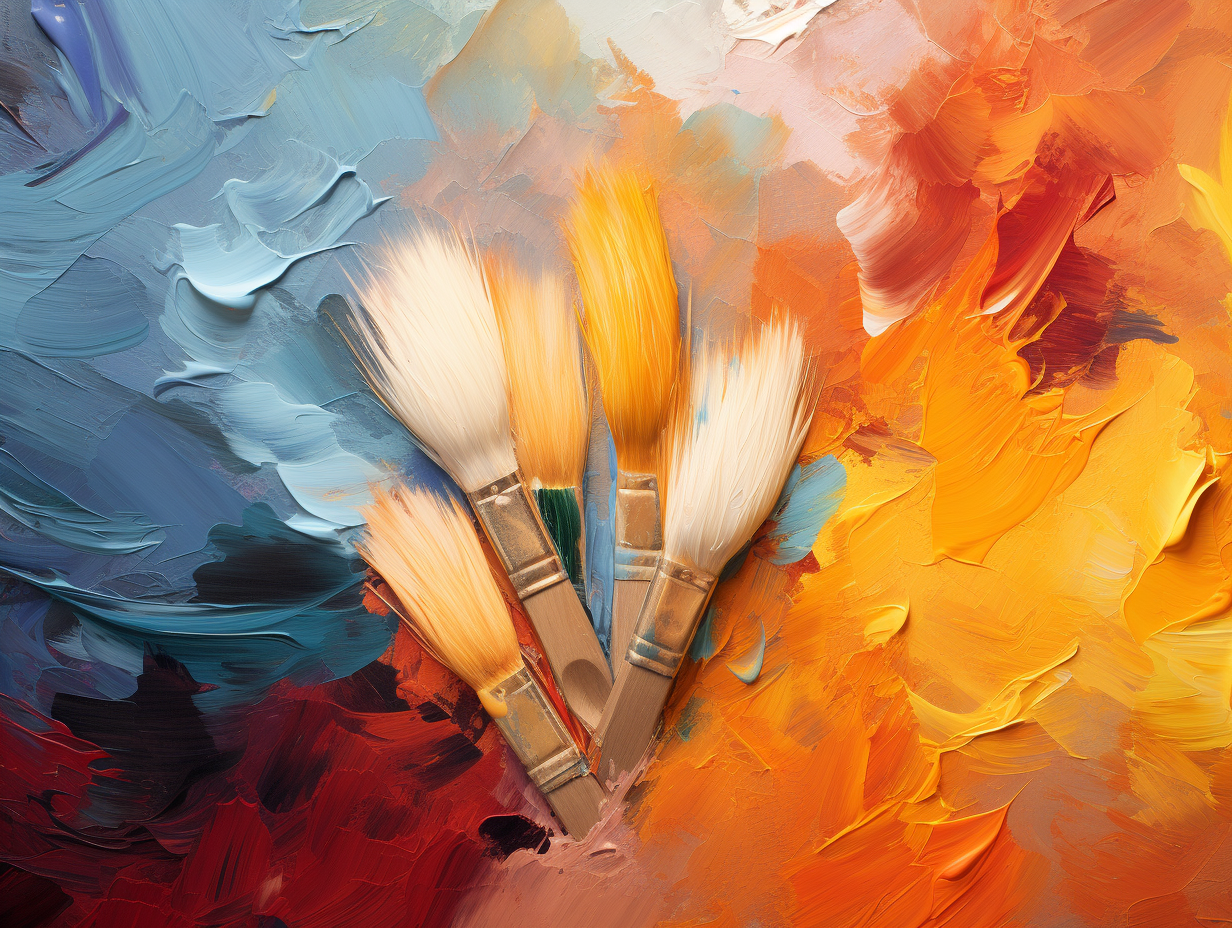
Image source: Generated by Wujie AI
Using AI to create illustrations for "Chinese Difficulty Level 10" ancient poems and classical Chinese prose, what style would it be?
Bilibili's millions of users will tell you: it's comparable to "out-of-body experience," and it's just mind-blowing.
What's the specific situation? Please, everyone, take a look at the VCR.
What's being presented now is a famous scene from Li Bai's "Jiang Jin Jiu," this time it's really 300 cups:
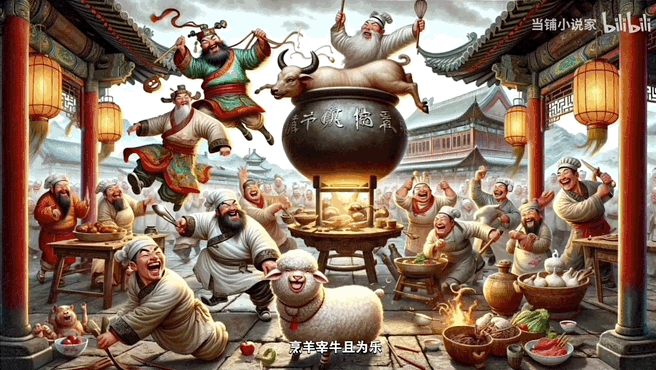
△ Netizen: Even the sheep are Happy Sheep
This is already "quite normal." If you don't believe it, take a look at the most "out-of-the-box" masterpiece by the poetic sage Du Fu, "Song of the Wrecked Cottage":
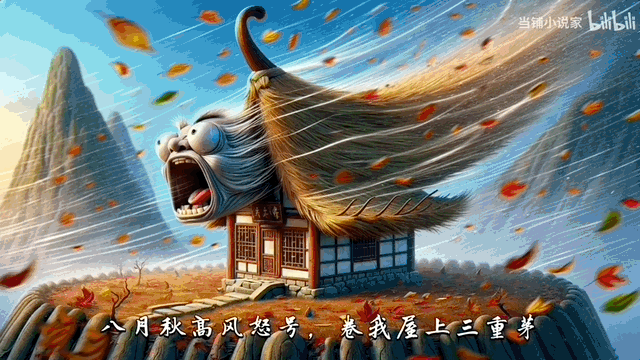
As soon as this work came out, netizens immediately gave it the "highest praise":
Too abstract, really artistic, Howl's Moving Castle, Du Fu version…
Continuing to look down, it's so evocative, irresistible, and earth-shattering…
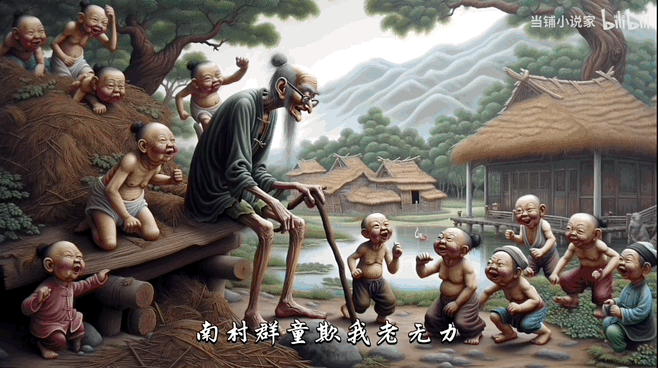
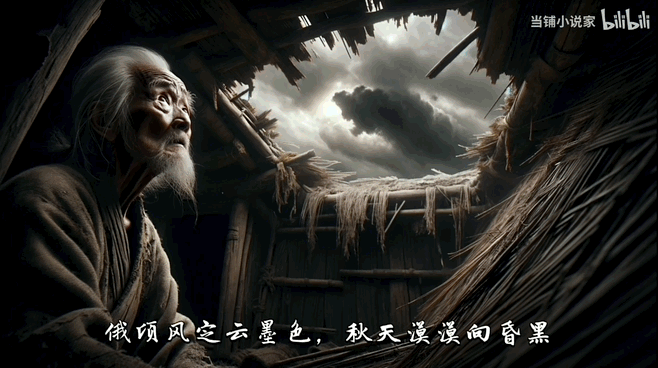
(Note: The above works are all from Bilibili's up host @当铺小说家 and have been authorized)
Wow! Everyone, can you still hold back after seeing this?
I never expected that one day AI painting would be opened in such a "quirky" way. Nowadays on Bilibili, this kind of play has become a popular creative trend.
Why is this kind of play so popular? From the comments of netizens, we can glimpse a thing or two:
"Both figurative and abstract," "Both realistic and magical," "Both nonsensical and seemingly reasonable."
Today, Quantum Bit presents a special program: connecting AI drawing with classical Chinese studies.
We couldn't help but try it ourselves.
"Out-of-Body" Ancient Text Illustrations
The original author of the works shown above revealed in the comments that Midjourney was used for the creation. So let's also try using Midjourney first.
Here, first, let's present the famous scene from "The Peach Blossom Spring":
In the Taiyuan period of the Jin Dynasty, a man from Wuling made a living by fishing.
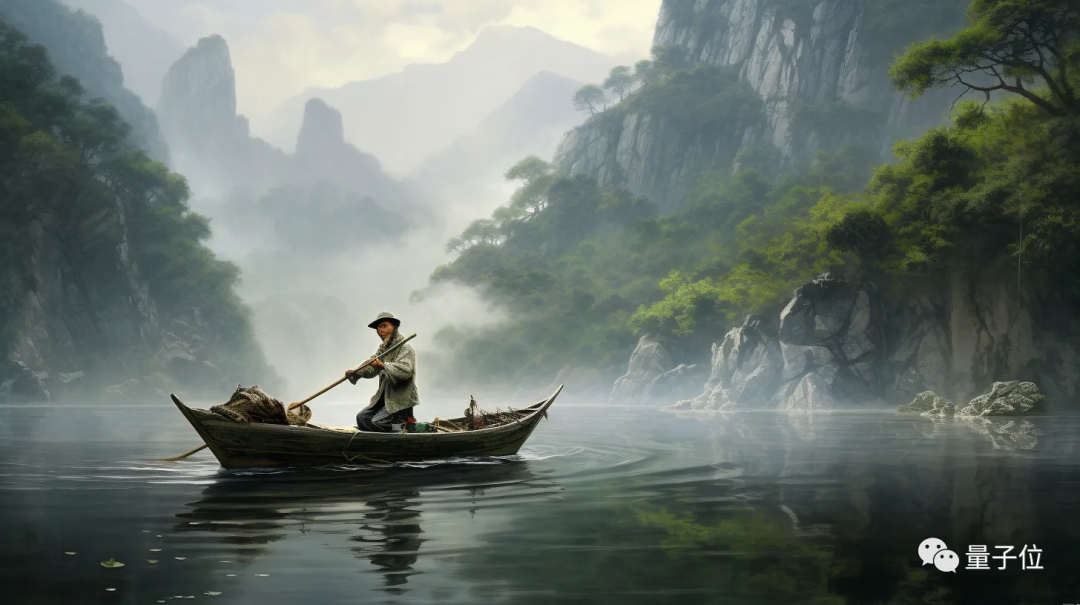
Following the stream, he forgot how far he had traveled.
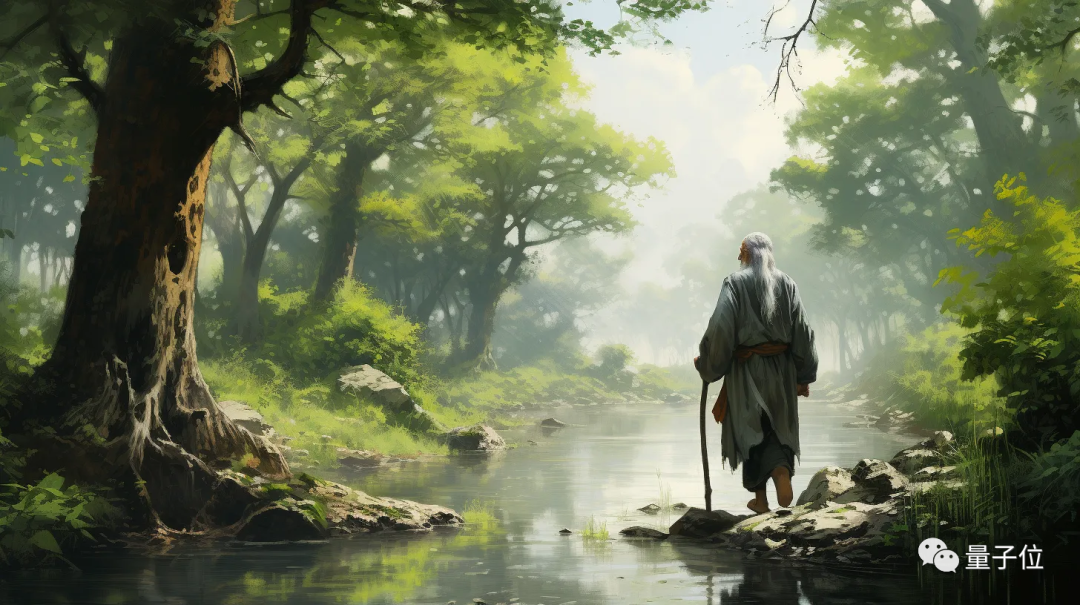
Suddenly he came upon a peach blossom forest, with the banks stretching for several hundred paces, and in the middle of it there were no other trees, the fragrant grass was lush and beautiful, and the fallen petals were scattered everywhere.
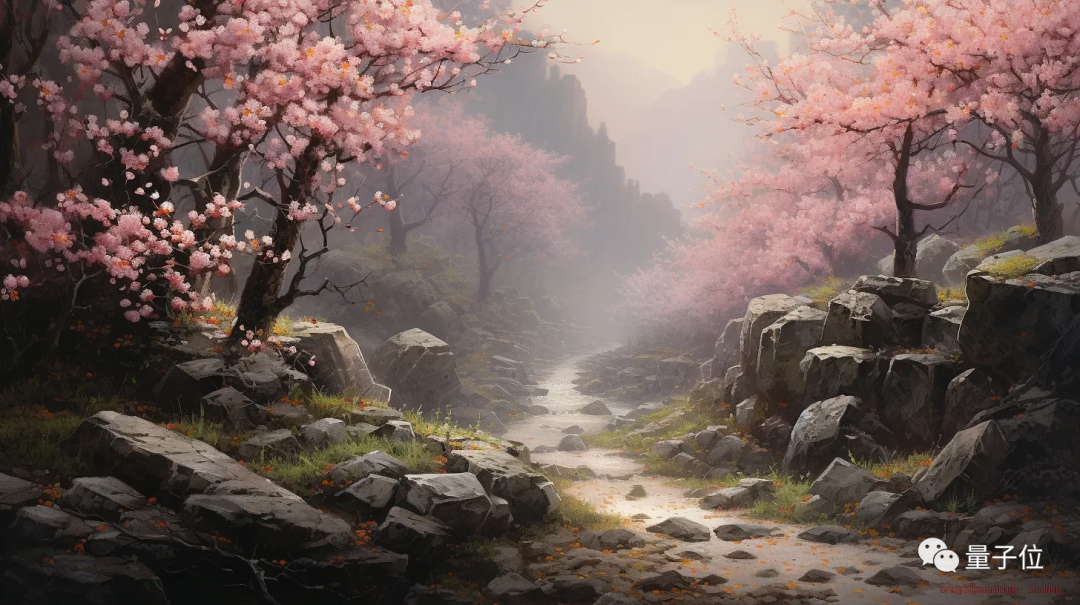
The fisherman was greatly amazed, and continued forward, wanting to explore the forest to its end.
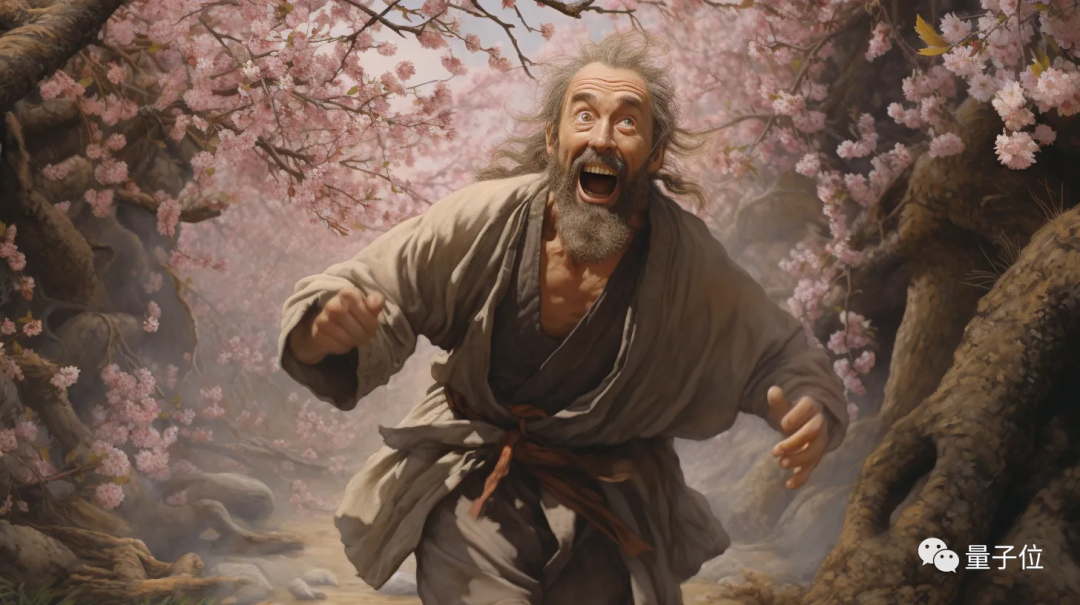
What do you think? It's quite normal. In fact, tools like Midjourney can generate these relatively "exquisite" images, and many of you may have seen many of them before.
But the key is, how can we create that "out-of-body" feeling 🤔? To be honest, it really depends on the prompt words.
After trying many times, we finally used GPT-4 and got a bit of the "essence."
Ahem, Bai Juyi's "The Song of the Pipa" is here to challenge.
At the head of Xunyang River, I sent off a guest at night, the maple leaves and the reed flowers rustling in the autumn wind.
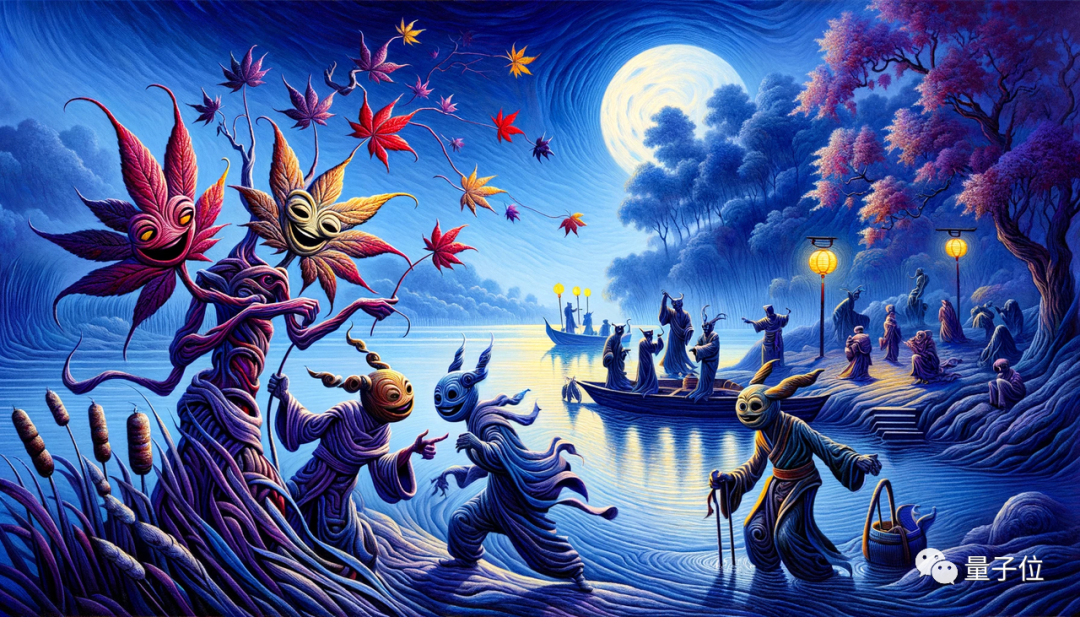
The host dismounted, the guest boarded the boat, and raised his cup to drink without any music.
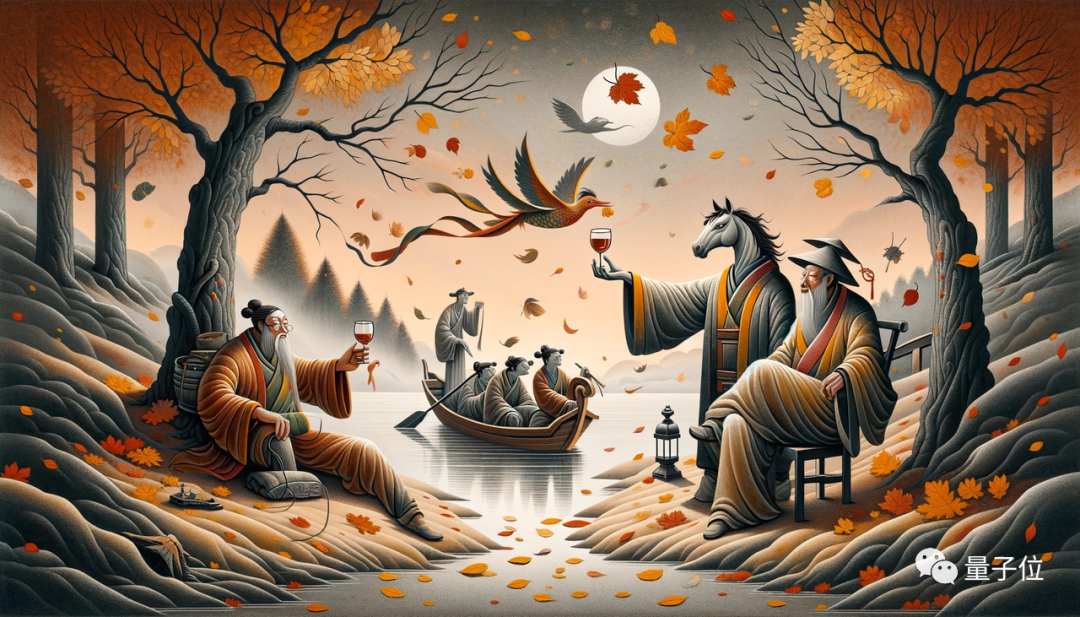
Unable to make merry, they sorrowfully parted, and at the parting, the vast river was bathed in moonlight.
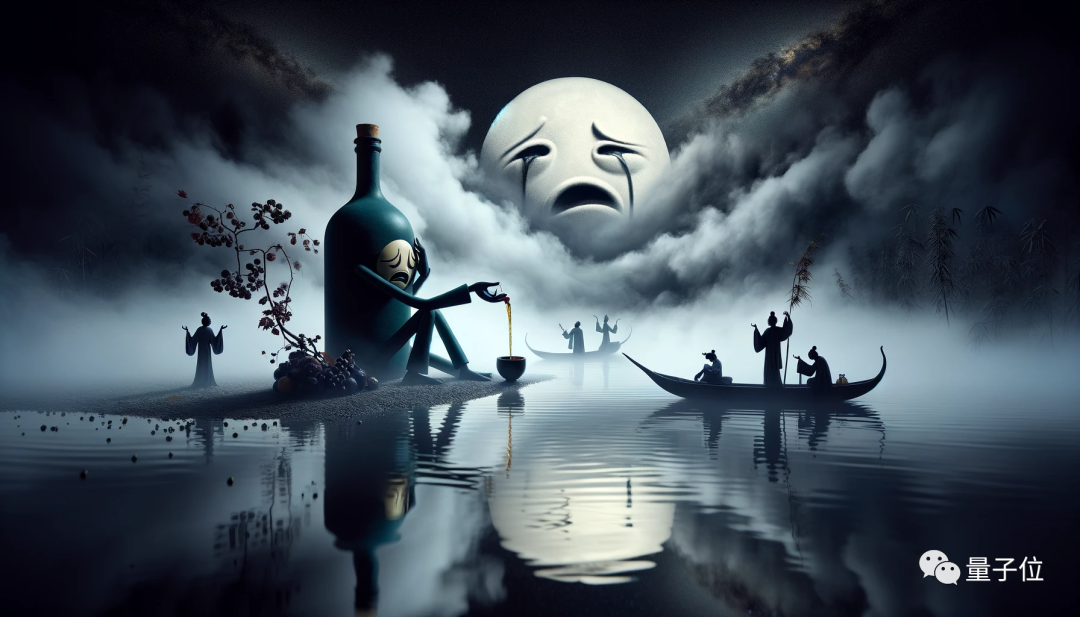
Suddenly, the sound of a pipa on the water was heard, the host forgot to return, and the guest did not leave.
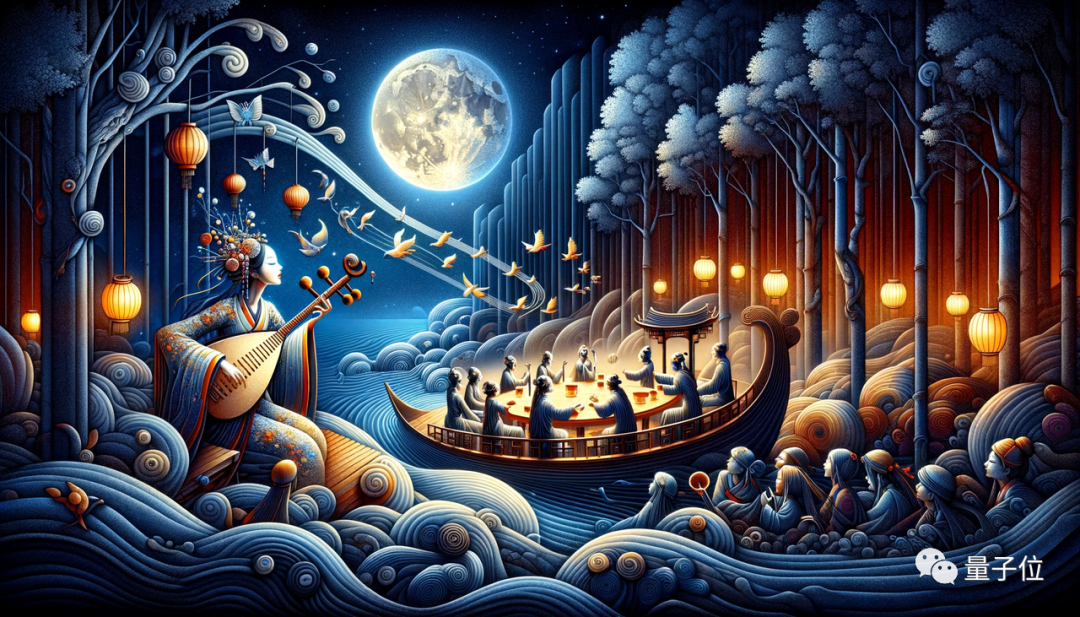
Next, let's go straight to the climax:
Lightly plucking, slowly twisting, rubbing and flicking, at first it was the "rainbow skirt and the feathered robe," then the "six and five."
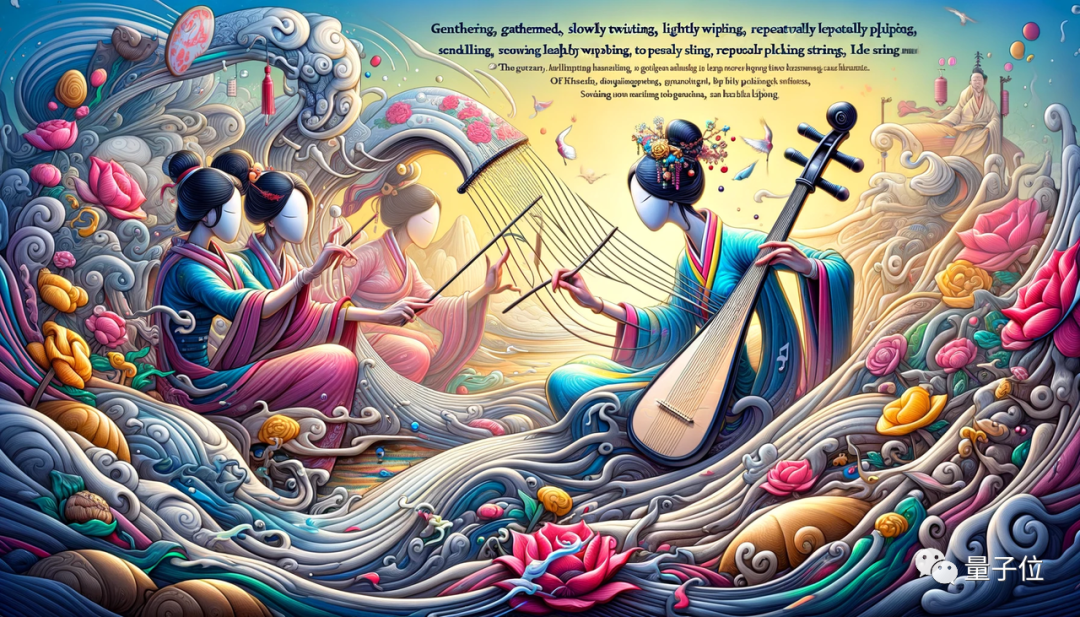
The loud strings were like a rushing rain, the small strings were like a private conversation.
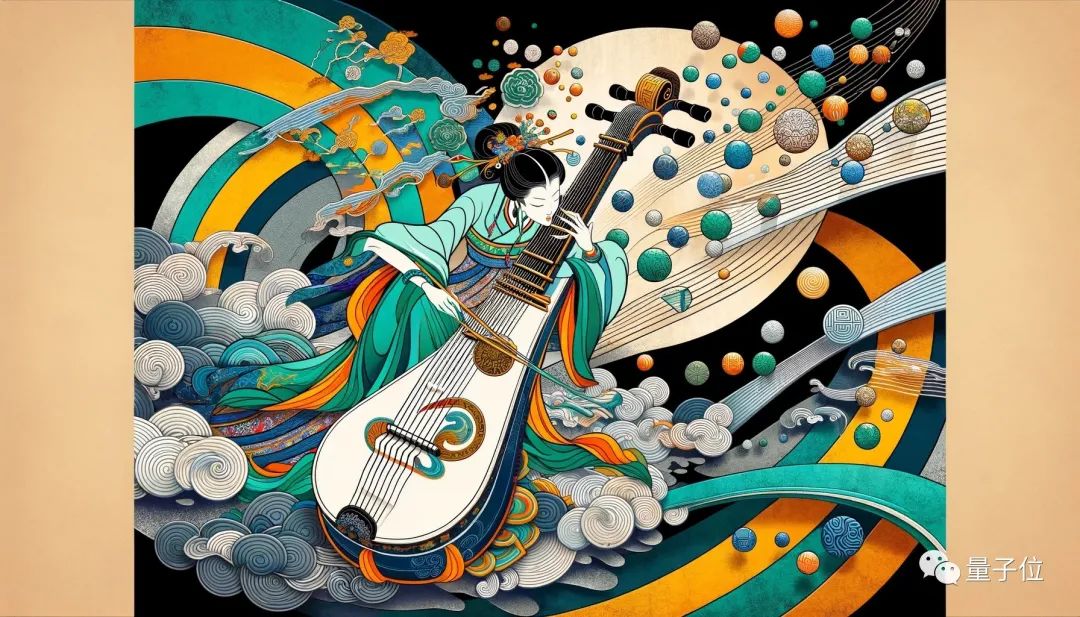
Clattering and chattering, the strings were played in a jumble, large pearls and small pearls fell onto the jade plate.
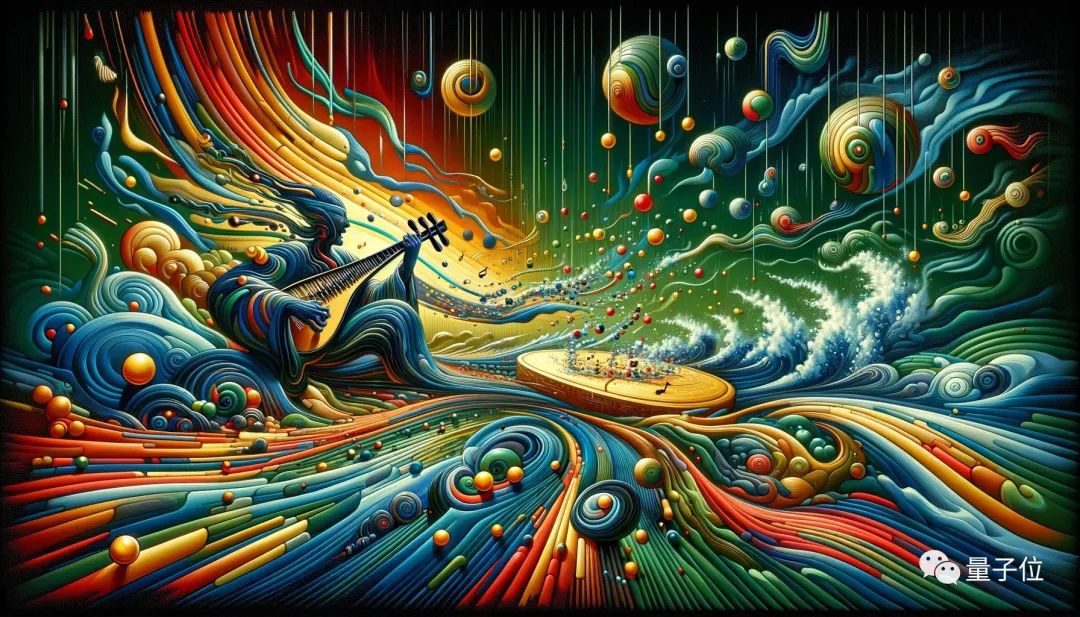
🤣 Does it have that flavor?
Let's share our production process.
Take the line "At the head of Xunyang River, I sent off a guest at night, the maple leaves and the reed flowers rustling in the autumn wind" as an example. We initially input it into GPT-4 for analysis. (Although GPT-4's analysis may still have some issues, such as "Wang Zhihuan," it doesn't have much impact on the subsequent image generation.)
Then add our own prompt words:
Based on the description of the ancient poem above, please help me generate an image that captures the mood, with exaggeration and abstraction, and output the image in a 16:9 aspect ratio.
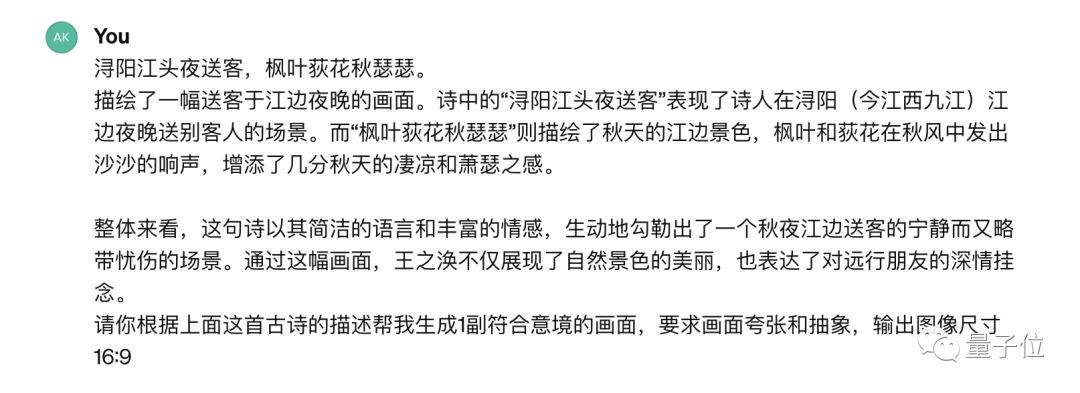
Based on such prompts, the images generated by GPT-4 can be said to be not only normal but also very "beautiful":
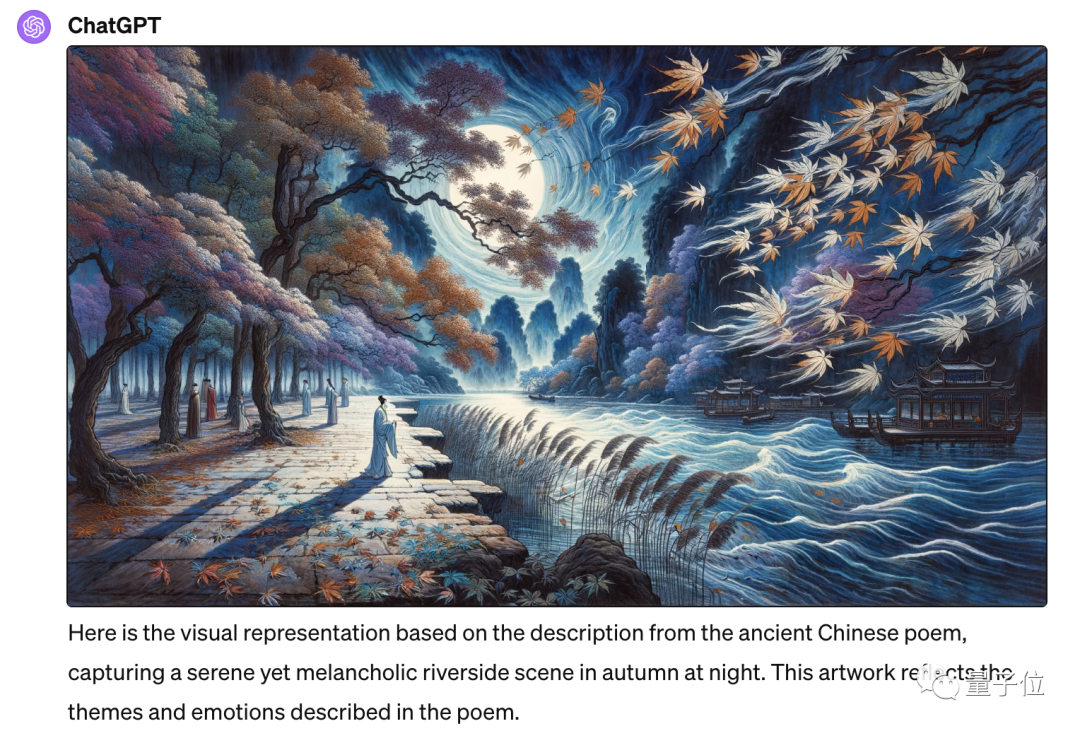
Trying the same prompts again, it still doesn't quite hit the mark:
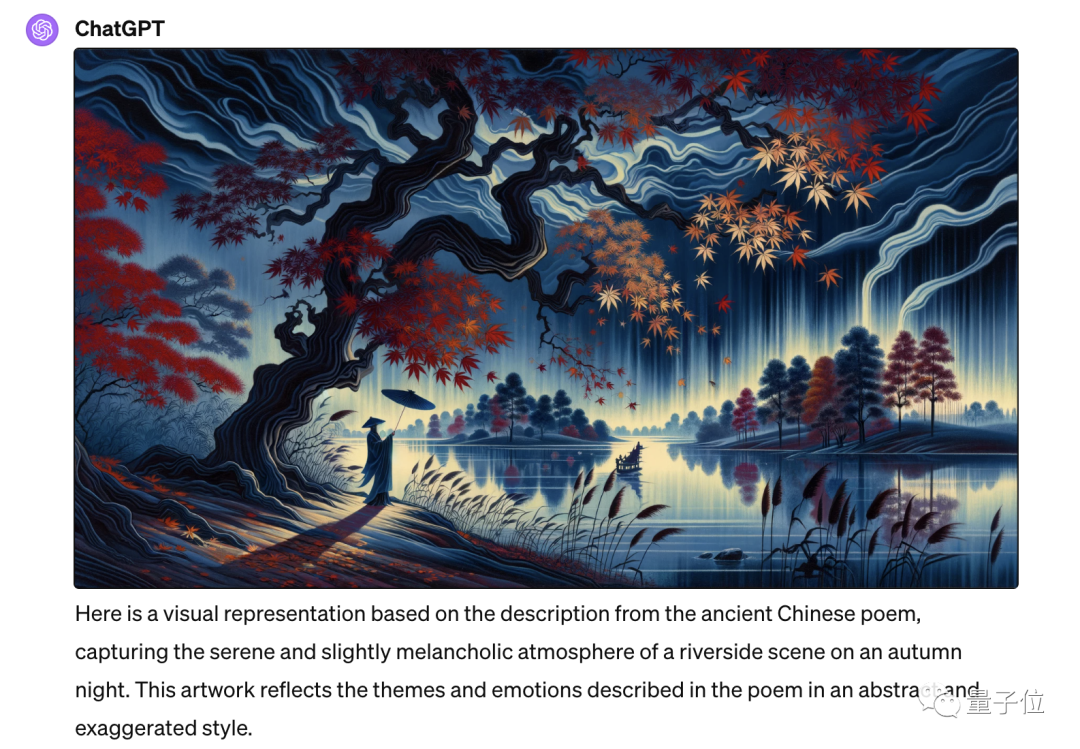
Next, to make the entire image style "transform," all it takes is to add a little "seasoning":
Based on the description of the ancient poem above, please help me generate an image that captures the mood, with exaggeration, abstraction, personification, and a sense of humor, and output the image in a 16:9 aspect ratio.
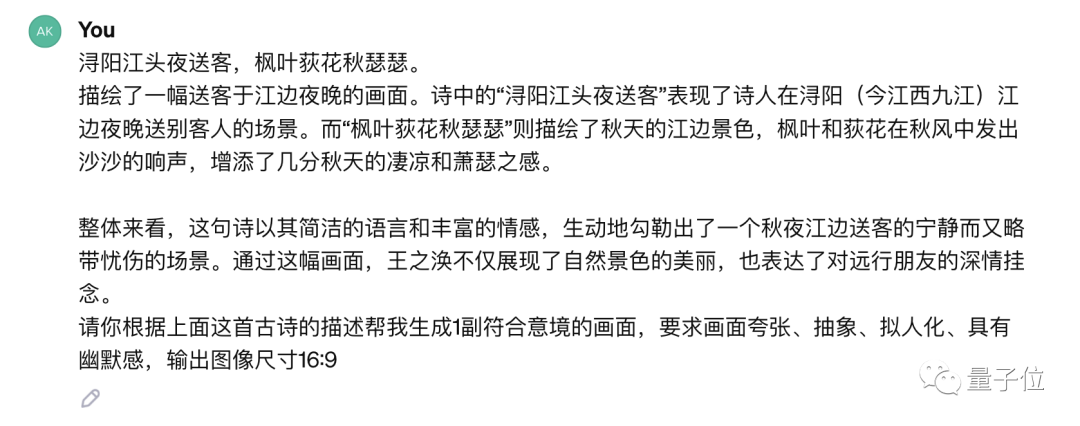
This time, GPT-4 went all out like it was "drunk" 🍺, and it's really something:
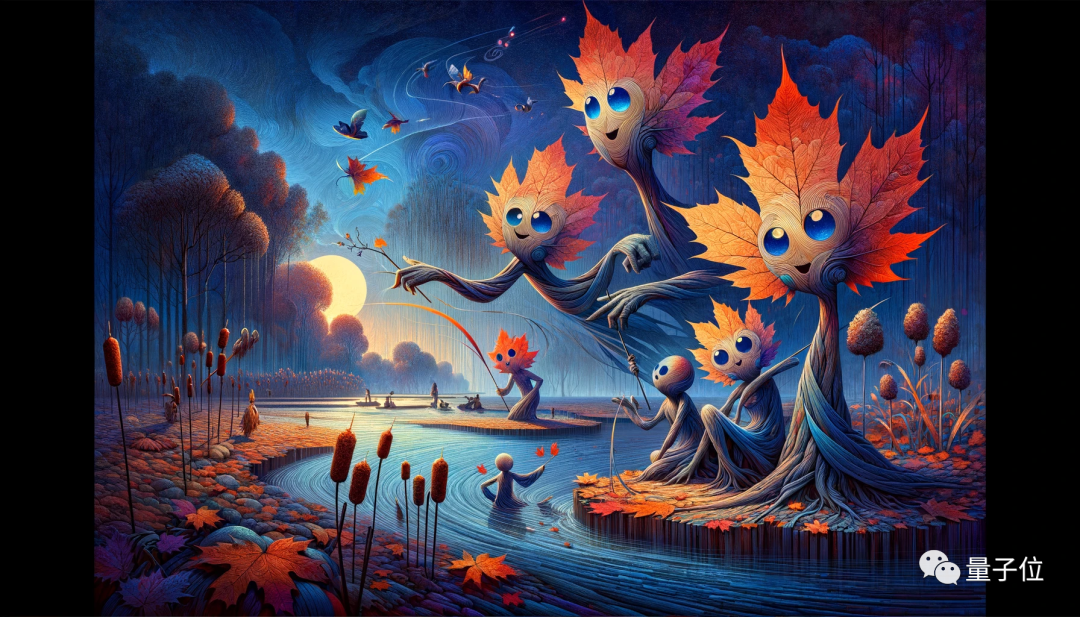
It's a completely different feeling from before:

A single word can make the model's entire output go in a completely different direction. No wonder, after the explosion of ChatGPT and the like, new professions like "prompt word engineer" have emerged.
In addition to this kind of play, we also tried not prompting sentence by sentence, and instead asked GPT-4 to generate a comic strip based on a passage from "The Pavilion of the Drunken Immortal":

You wouldn't believe it, you really wouldn't believe it…
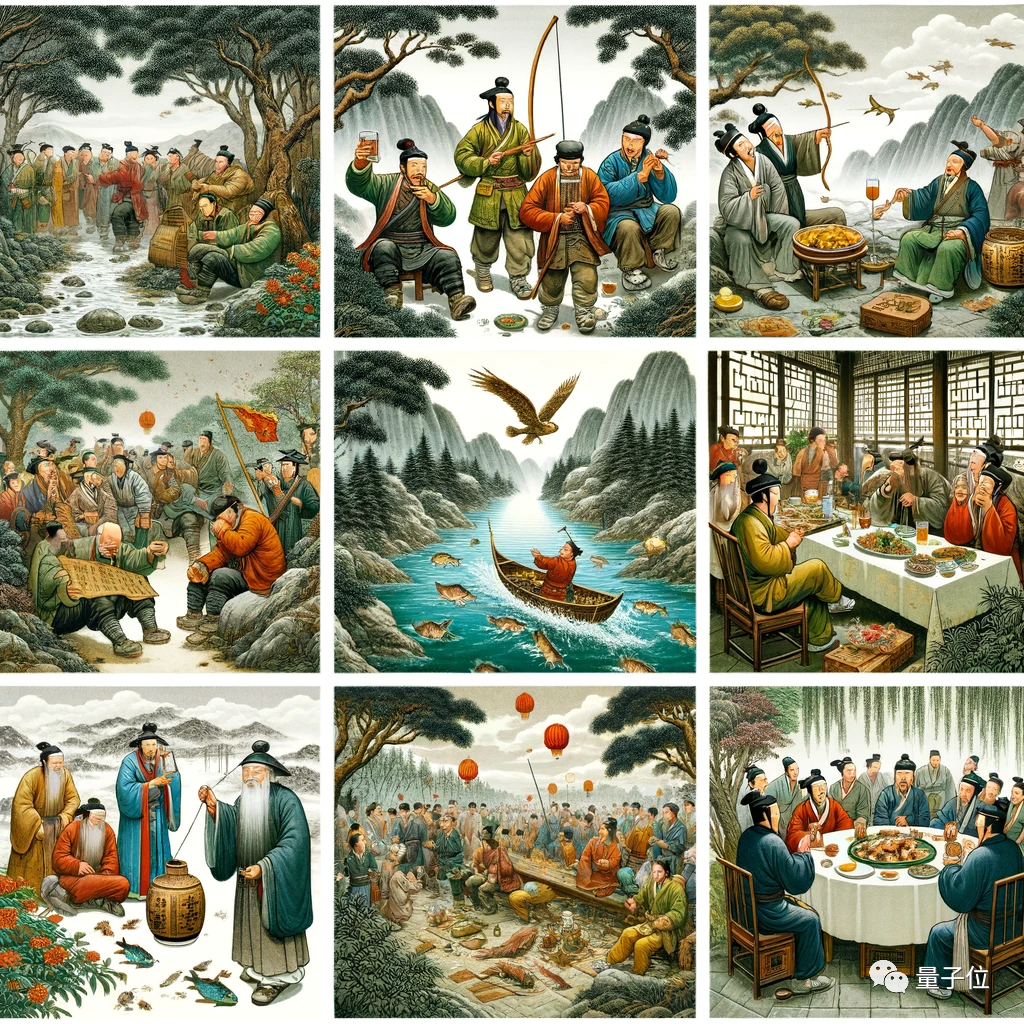
Of course, there can be more ways to play, such as guessing which line of poetry the AI-drawn image corresponds to:
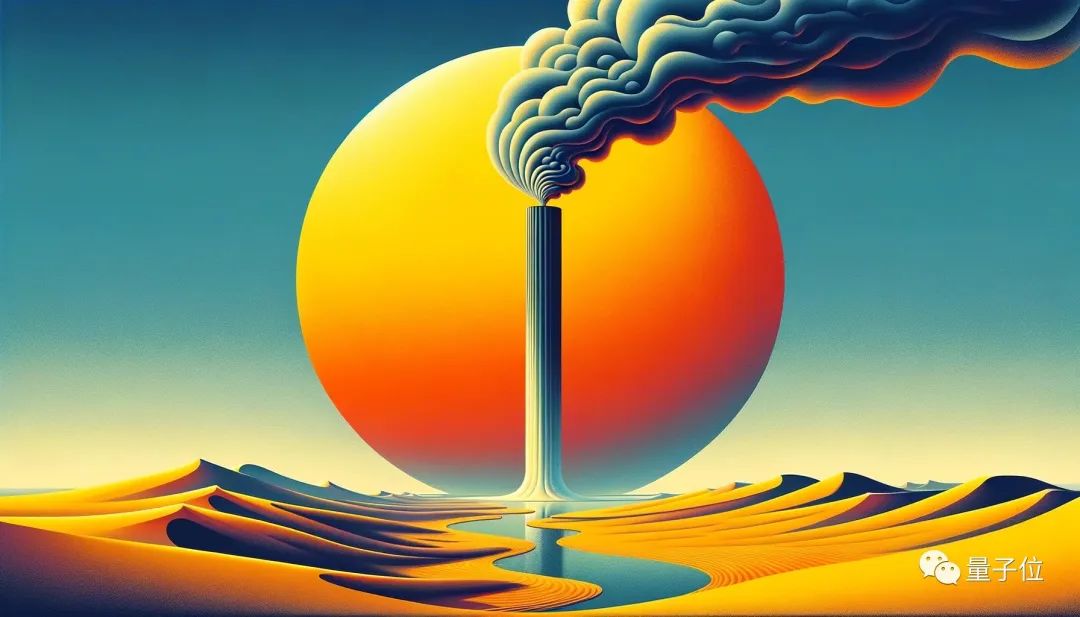
Paired with AI video tools, still images can also come to life:
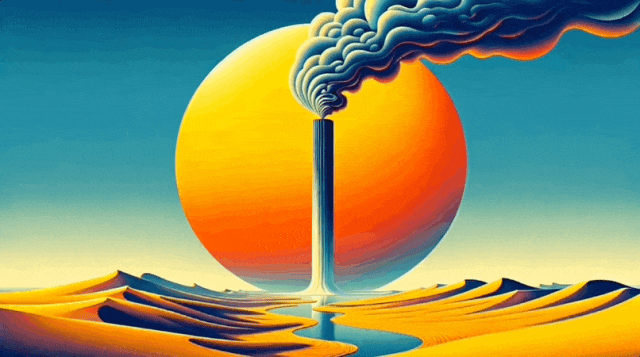
Final Thoughts
After this type of video became popular on Bilibili, as mentioned at the beginning, many netizens commented that the AI-drawn illustrations were "nonsensical" but also seemed reasonable, "both figurative and abstract."

Some even said that back when they were memorizing texts, this was the kind of imagery in their minds.


Some people believe that viewing these images can strengthen the memory of classical texts, while others believe that AI drawing should not "excessively" interpret poetry in a nonsensical way.
It's worth mentioning that the video author at the beginning of the article, Bilibili up host @当铺小说家, also pinned a comment in the related video's comment section, in which it was written:
Interesting but not excessive, elegant and yet knowing the limits.
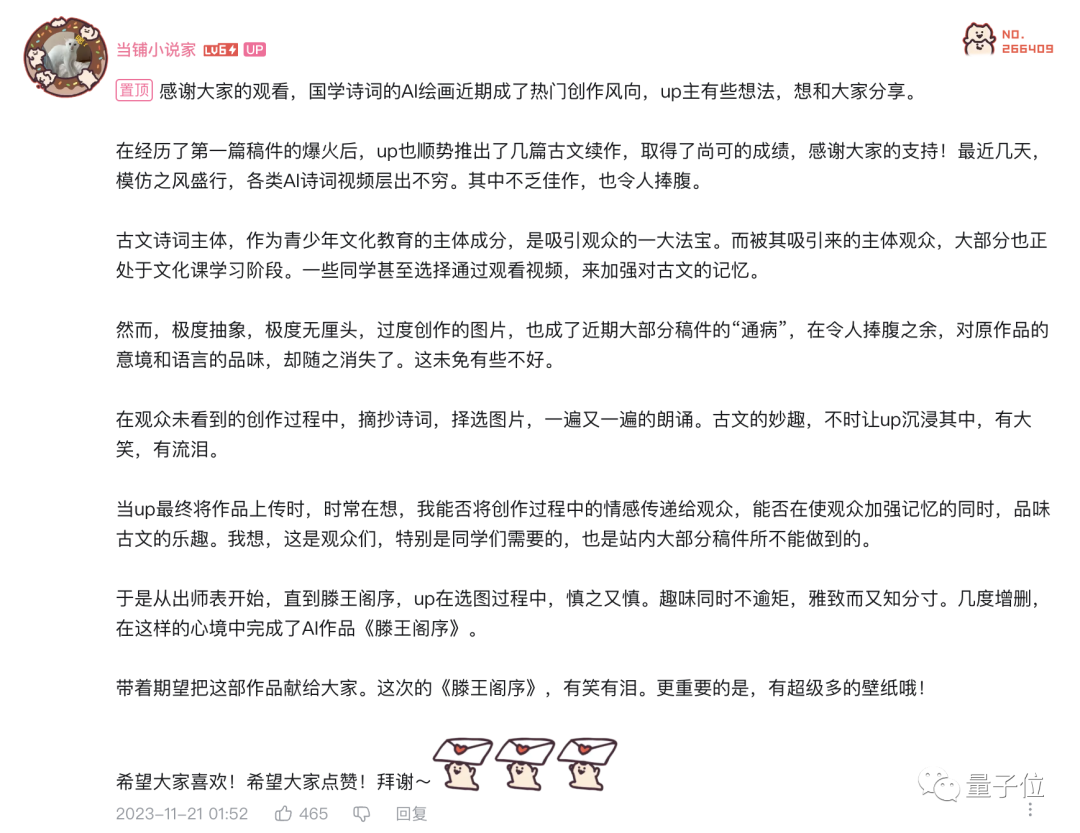
So, do people like this kind of work? And it should be easy to guess which line of poetry the AI-drawn image corresponds to, right?
免责声明:本文章仅代表作者个人观点,不代表本平台的立场和观点。本文章仅供信息分享,不构成对任何人的任何投资建议。用户与作者之间的任何争议,与本平台无关。如网页中刊载的文章或图片涉及侵权,请提供相关的权利证明和身份证明发送邮件到support@aicoin.com,本平台相关工作人员将会进行核查。




